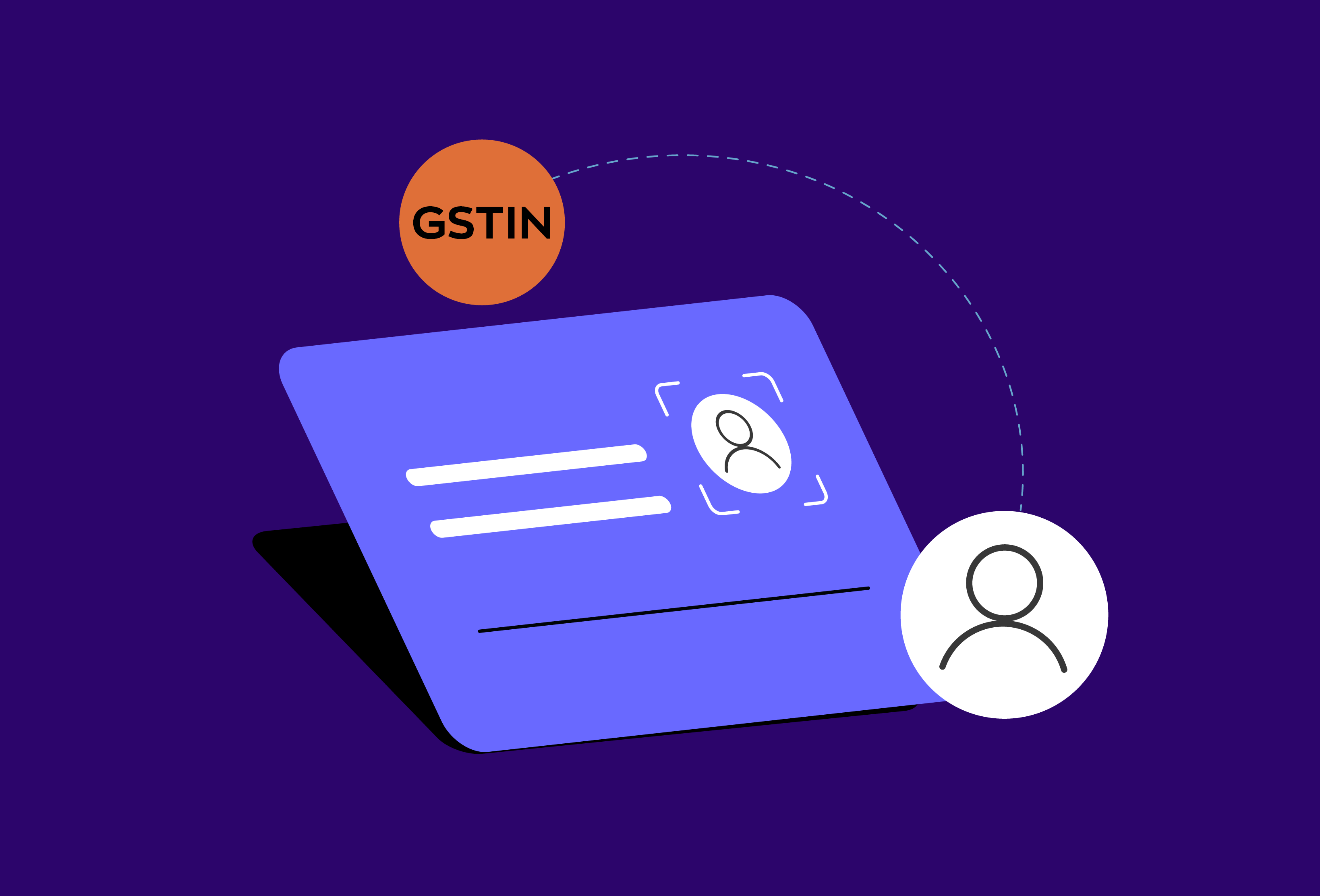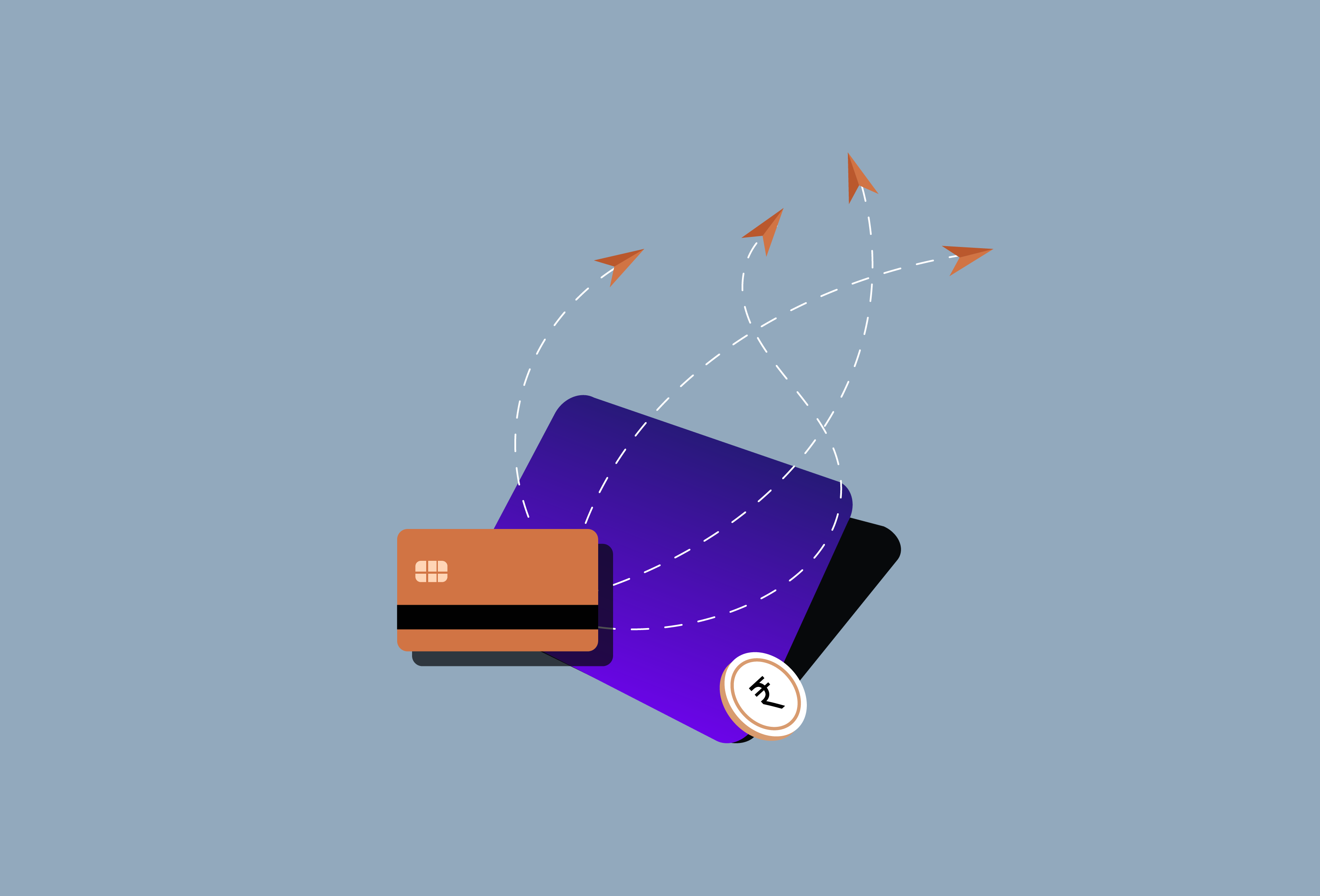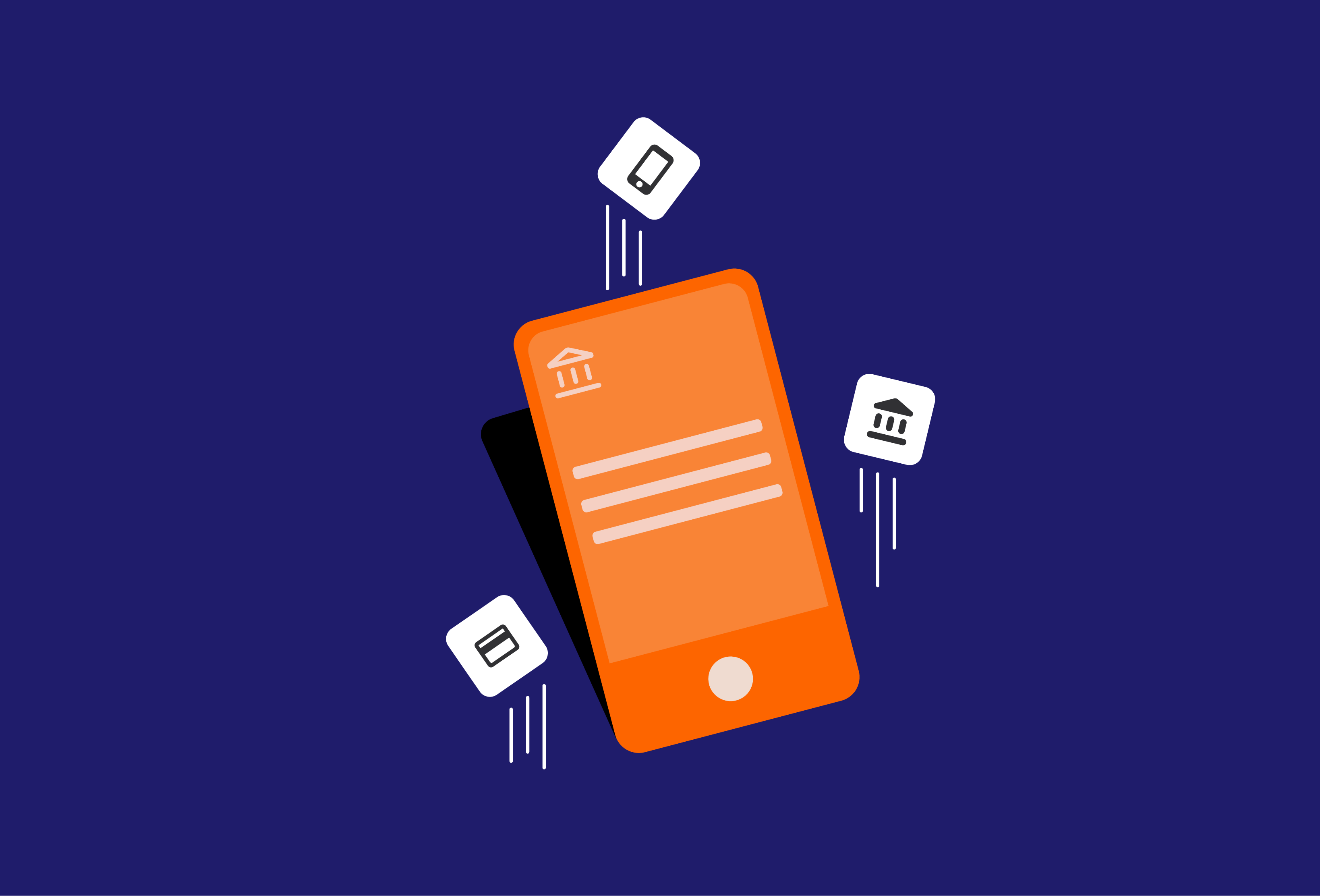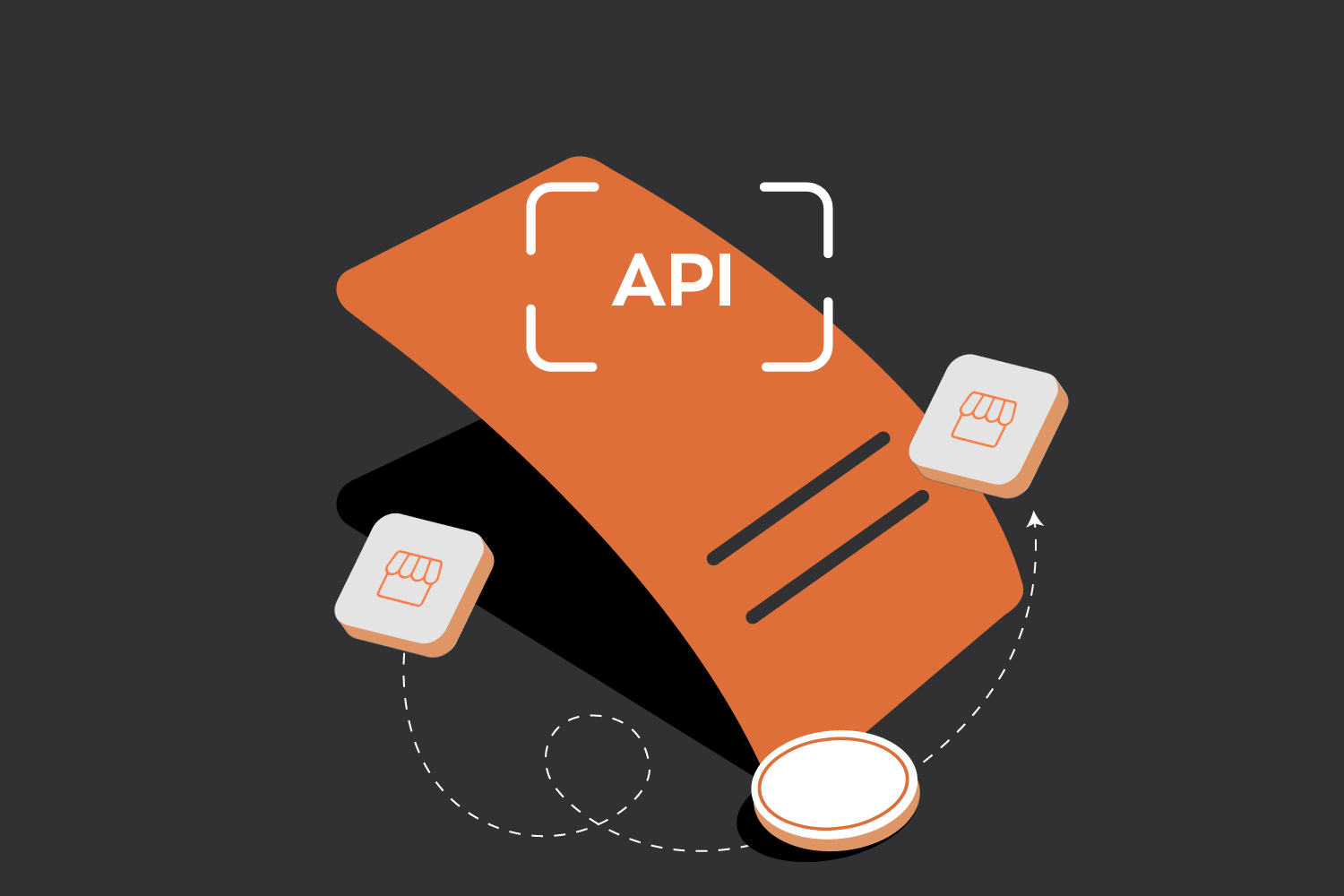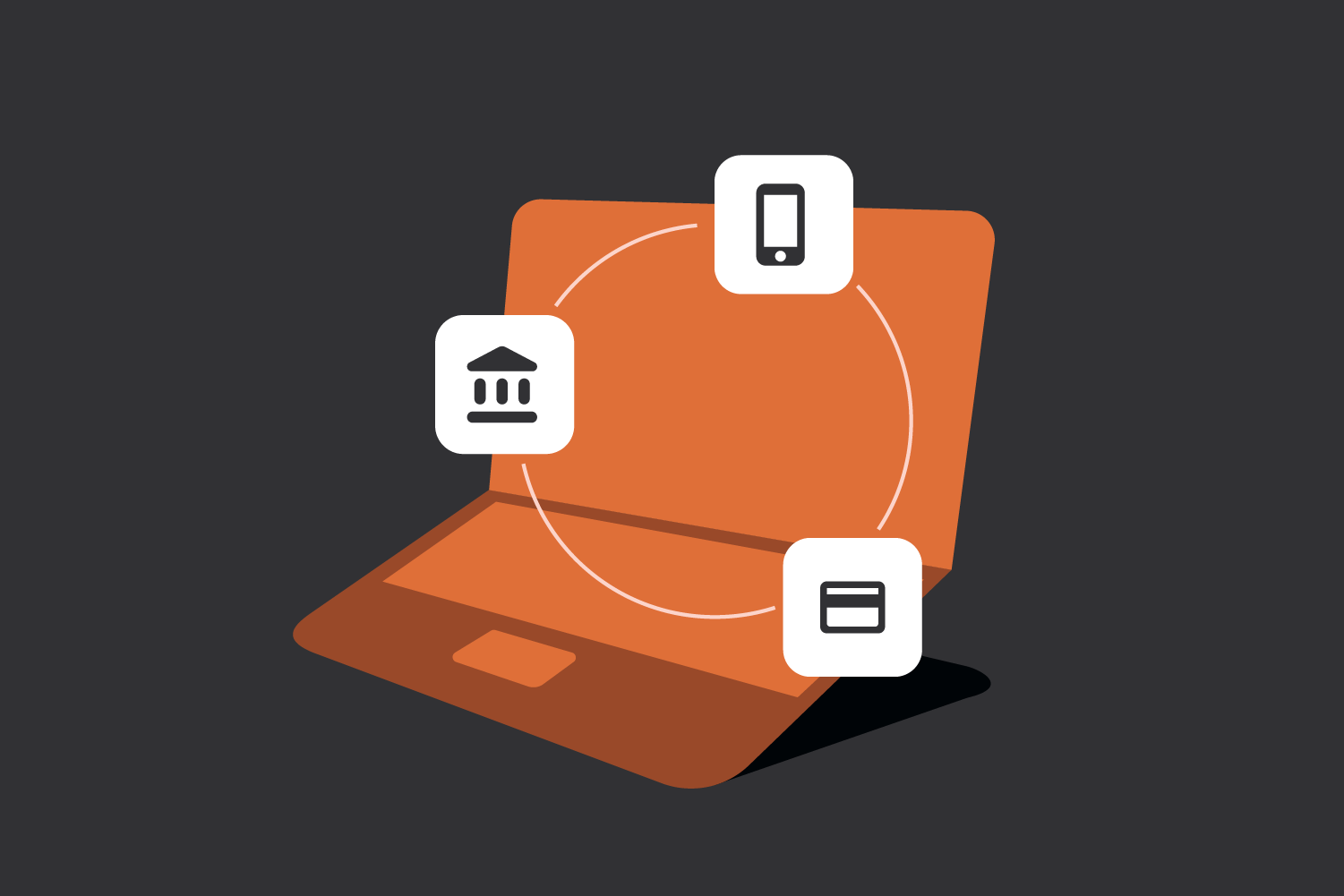When you sign up with a fintech platform, whether it’s for a payment gateway, payouts, or banking APIs, one of the first questions you’ll be asked is:
👉 What’s your business entity type?
It may feel like a formality, but this single detail decides how your KYC (Know Your Customer) is done, what documents are required, and how quickly you can go live.
Let’s break down why entity type matters in fintech onboarding.
1. KYC & Compliance Start Here
In India, the RBI and other regulators mandate that fintechs complete KYC/KYB (Know Your Business) checks before offering financial services.
- Individuals / Sole Proprietors usually need PAN, Aadhaar, and a few basic proofs.
- Companies and LLPs must share incorporation documents, board resolutions, and details of directors/partners.
- Trusts, Societies, and HUFs have their own unique document sets.
By knowing your entity type at the very beginning, fintech platforms can guide you through the exact requirements and avoid back-and-forth later.
2. Smooth & Faster Onboarding
Onboarding delays often happen because users upload the wrong set of documents. For example:
- A private limited company mistakenly uploads proprietary documents.
- An LLP partner forgets to add the LLP incorporation certificate.
When the entity type is identified upfront, the platform can show only the relevant checklist for your business. This means faster approvals and quicker access to services like a payment gateway or payouts.
3. Different Entities, Different Limits for Different Business Entity Types
Your entity type also decides:
- Transaction limits (what cap you can operate under).
- Settlement timelines (how quickly funds get credited).
- Eligibility for add-on services like business loans or credit lines.
For example, an individual freelancer may have simpler onboarding but lower limits compared to a registered company.
4. Breakdown: Types of Business Entities in India
Here’s a simple guide to common entity types and what they mean during fintech onboarding:
| Entity Type | Who It’s For | Common KYC Documents |
| Individual / Proprietor | Freelancers, consultants, small shop owners | PAN, Aadhaar, business proof (like GST registration if available) |
| Partnership Firm (including LLP) | Two or more partners running a business together | PAN of firm, partnership deed/LLP agreement, GST certificate, partner IDs |
| Company (Pvt. Ltd. / Public Ltd.) | Startups, SMEs, enterprises | Certificate of incorporation, MOA/AOA, PAN, GST, director KYC, board resolution |
| Hindu Undivided Family (HUF) | Family-run businesses | HUF PAN, deed, Karta’s ID proof |
| Trust / Society / NGO | Charitable, educational, or social organisations | Trust deed/society registration, PAN, GST if applicable, trustee IDs |
| Local Authority / Govt. Agency | Municipal corporations, govt. bodies | Registration documents, govt. ID proofs |
| Artificial Juridical Person (AJP) | Non-natural legal entities (e.g., universities, clubs) | Registration certificates, PAN, IDs of authorized persons |
This breakdown shows why platforms cannot take a one-size-fits-all approach. The documents and processes differ widely by entity type.
5. Trust & Transparency
Fintechs work closely with banks and regulators. Correctly classifying your entity type builds trust in the system and ensures compliance with GST, Income Tax Act, and RBI norms.
It also reduces the chances of rejections, re-submissions, or compliance flags down the line.
A Simple Way to Check Your Entity Type
With so many different business structures in India – proprietorships, partnerships, LLPs, companies, trusts, and more – it’s natural for there to be some overlap around which category applies in a given case.
A quick tool like a Business Entity Checker makes this easier. By entering your PAN, you can instantly see the entity type it corresponds to, be it an individual, company, LLP, trust, or others.
While this doesn’t replace KYC or validate your PAN, it helps you start your onboarding journey with more clarity and the right documents in hand.
Try it here:
Business Entity Checker
Identify the type of business entity (Individual, Company, LLP, Trust, etc.) instantly by entering your Permanent Account Number (PAN).
Your business entity type is more than a compliance checkbox – it’s the foundation for how you access financial services. It defines your onboarding journey, the limits you operate under, and the opportunities available to you as your business scales.


